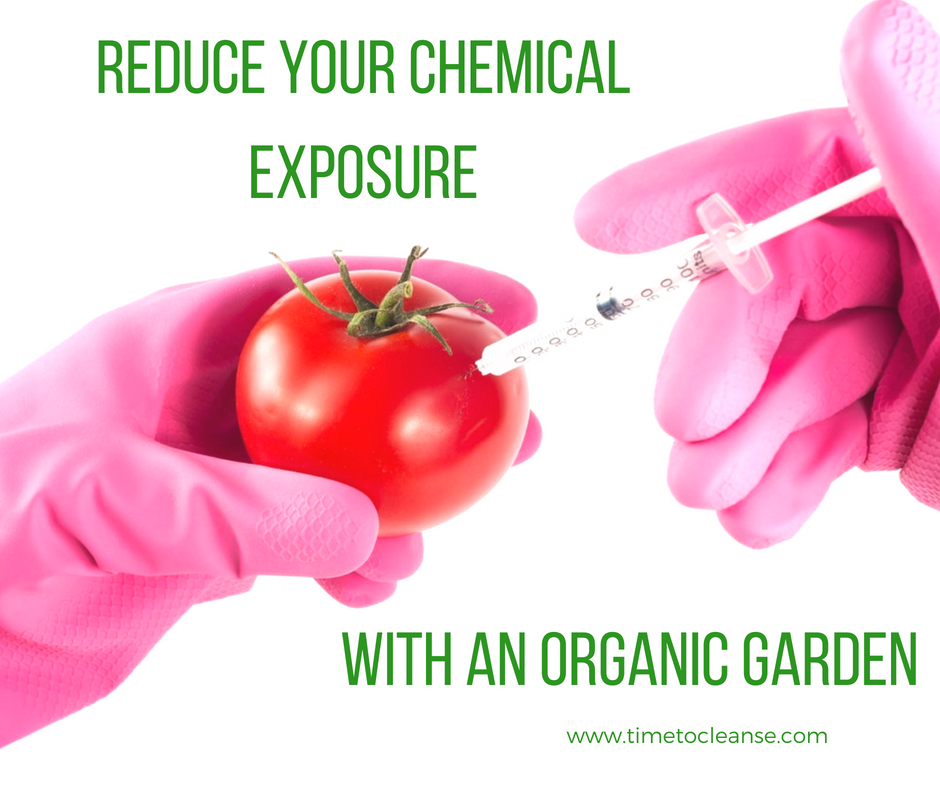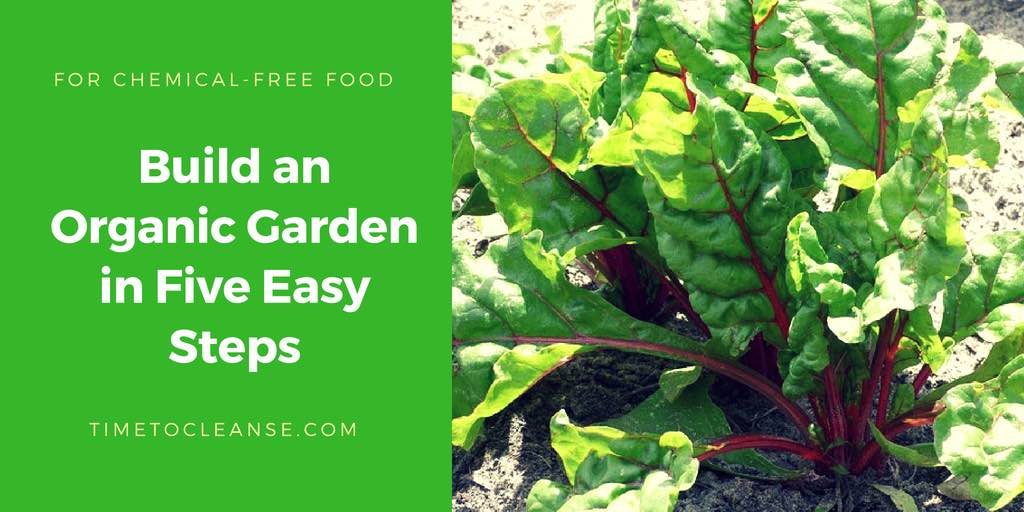
The Chemicals Lurking Inside your Food
It was a warm spring day. I was sitting outside eating a shiny, juicy, red apple.
Suddenly, my mouth began to itch and my lips began to tingle. I was having an allergic reaction.
How could I suddenly be allergic to apples after eating them daily for years?
Quiz: Is Your Body TOXIC? Take the Test...
(get your free personalized report)
I wasn’t.
I was having a reaction to one of the 30 pesticides my lovely non-organic apple had been bathed in.
That was the day I learned that buying organic really does matter.
Although my body thanks me for buying organic produce and meat from the supermarket or my local farmer (you can find your own local farmer here), my wallet cries a little after each shopping trip.
Determined to take good care of my body without going broke, I decided to reduce my chemical exposure with an organic garden.
Quiz: Is Your Body TOXIC? Take the Test...
(personalized report)
Not only is gardening a great way to save you money on organic food, as an added bonus, gardening can also improve your mental health and even help boost gut bacteria. Are you ready to garden your way to a healthy, happier you?
How to Reduce Your Chemical Exposure with an Organic Garden
Starting your own organic garden puts you in control and gives you 100% confidence in the quality and care of your food because you were there every step of the way. Although the idea of starting a garden may seem overwhelming, it doesn’t have to be. Follow these five simple steps to reduce your chemical exposure with an organic garden today.
1. Prepare Your Space
You don’t need a massive amount of space to grow a garden. As long as you have access to sun, high-quality soil and water, you can grow an organic garden literally anywhere.
Take a look at your outdoor space and decide what you have room for. If you don’t have a huge, wide open space, consider some of these ideas for a more compact garden:
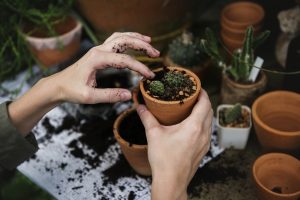
If you are planting directly into the ground, you will need to consider your soil type and probably makes some tweaks to the soil quality before planting. You can find a great tutorial about soil preparation here.
For those planting in containers or raised beds, you get to do soil preparation the easy way. If you are filling your containers for the first time, use a high-quality, organic potting soil. You can also reuse leftover dirt from years past. Just dump it all out to remove any clumps and add in some compost or fertilizer to give your new plants all the nutrients they need. Click here for complete container gardening instructions.
2. Decide What To Grow
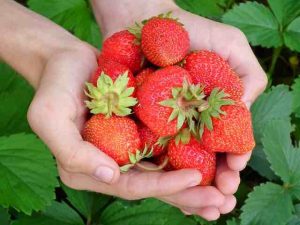 Now that you know what kind of space you have to work with, it’s time to decide what you are going to grow.
Now that you know what kind of space you have to work with, it’s time to decide what you are going to grow.
Since the main goal is to reduce your chemical exposure with an organic garden, start with the dirty dozen: strawberries, spinach, nectarines, apples, grapes, peaches, cherries, pears, tomatoes, celery, potatoes, and sweet bell peppers.
Which of these twelve foods do you eat the most?
Given the climate you live in and space you have available, which of these twelve could you grow on your own?
Prioritizing your favorite dirty dozen foods, make a list of all the plants you want to include in your garden and a simple garden plot plan to make sure you can fit everything into your space.
Keep in mind, having a small space doesn’t mean you can only grow a small amount of food. Make the most of your space by planting companion plants (plants that grow well together) or even rotating your crops throughout the season.
3. Find Organic Plants
If you are starting your garden in early s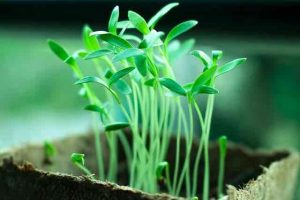 pring, the best way to ensure your plants are 100% pesticide free, is to start them from seeds.
pring, the best way to ensure your plants are 100% pesticide free, is to start them from seeds.
Buy a packet of organic seeds from a local vendor or hardware store and create your own DIY greenhouse to let your plants get a headstart inside where it’s warm.
Some plants, like lettuces, can be planted directly into the ground while it’s still cold. Use these detailed calendars to tell you exactly what to plant when.
If Spring has passed and you need starter plants that are a little further along in the growing process, check local farms, garden stores or even Craigslist for organic starter plants.
4. Fertilize Naturally
Just like we need to feed our bodies well to ensure optimal health, we have to feed our plants well for optimal growth.
There are many fertilizer myths out there that don’t actually help your garden (think coffee grounds and banana peels).
Instead of throwing your kitchen leftovers directly into the garden, throw them into a compost bin. Compost is a great organic fertilizer (as long as you are using organic waste). You can find out exactly how compost works here.
If you don’t have compost available, try one of these ten organic fertilizers made by Mother Nature or one of these 6 commercially available organic fertilizers.
5. Control Pests Naturally
For the organic gardener, pest prevention is the main goal. You are already preventing pests 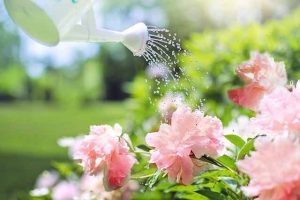 by providing high-quality organic fertilizer and soil to keep your plants healthy. Just like people, healthier plants are better able to fight disease.
by providing high-quality organic fertilizer and soil to keep your plants healthy. Just like people, healthier plants are better able to fight disease.
However, sometimes even the healthiest of plants need a little help. You can also use these practical pest prevention methods or these to give your plants a little boost.
By following these five easy steps, you are well on your way to reducing your chemical exposure with an organic garden. So, put on those gardening gloves. Your crop of delicious, home-grown, organic fruits and vegetables await!
About the Author
Vanessa is a free-spirited, self-proclaimed modern-day hippy who uses creativity to clean up her lifestyle while saving money at the same time. You can read more about her frugal adventures on her blog, Creative Money Masters. You can also get this free calendar to successfully rid your home of toxins in four weeks or less.

